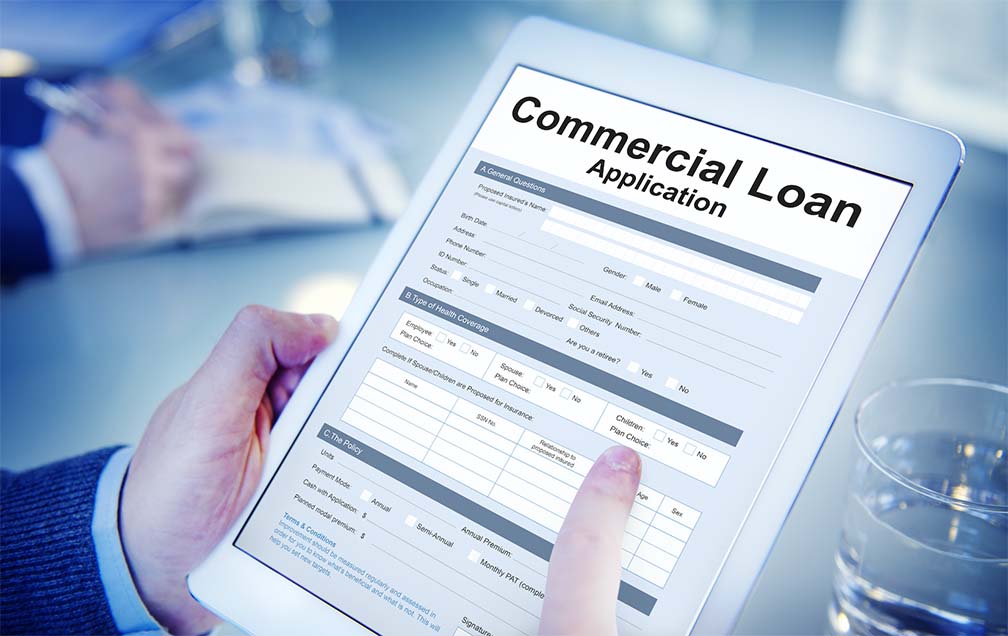In the world of business finance, commercial loans are crucial for facilitating growth and expansion. One critical aspect of these loans is commercial loan structuring, which plays a significant role in determining the loan terms and conditions. This guide will provide an in-depth look into the complex world of commercial loan structuring, exploring the factors that determine loan structure, the process of structuring and drafting commercial loan agreements, and the key players involved in the decision-making process.
What is commercial loan structuring?
Commercial loan structuring refers to the process of determining the terms and conditions of a loan, including interest rates, repayment schedules, collateral requirements, and covenants. This process aims to strike a balance between the borrower’s needs and the lender’s risk tolerance, ultimately creating a mutually beneficial loan agreement.
Factors that Determine the Structure of a Commercial Loan
Various factors can influence the structure of a commercial loan. These factors are critical for lenders to consider when assessing a borrower’s creditworthiness and determining the appropriate loan structure. Some of the main factors include:
Credit history:
A borrower’s credit history plays a significant role in the loan structuring process. A strong credit history suggests a lower risk of default, which may result in more favorable loan terms for the borrower.
Business financials:
Lenders will closely examine a borrower’s financial statements, including balance sheets, income statements, and cash flow statements. This analysis helps lenders understand the business’s financial health and capacity to repay the loan.
Collateral:
Collateral is a critical component of commercial loan structuring. The type and value of collateral can influence the loan’s structure, with more valuable collateral typically leading to better loan terms for the borrower.
Loan purpose:
The intended use of the loan proceeds can also impact the loan structure. For example, loans used for purchasing real estate or equipment may have different structures than loans for working capital or business expansion.
Market conditions:
Economic factors, such as interest rates and industry trends, can impact commercial loan structuring. Lenders may adjust loan terms based on the current market environment to mitigate potential risks.
How Commercial Loan Structuring Works
Commercial loan structuring involves a series of steps that both the borrower and the lender must follow to create a mutually beneficial loan agreement. The process typically includes the following stages:
Application:
The borrower initiates the loan process by submitting a loan application to the lender. This application includes essential information about the borrower and the business, such as financial statements, tax returns, and a detailed business plan.
Evaluation:
The lender reviews the loan application and conducts a thorough analysis of the borrower’s creditworthiness. This evaluation often includes a review of the borrower’s credit history, financial statements, and collateral.
Structuring:
Once the lender determines that the borrower is creditworthy, they will begin to structure the loan. This step involves negotiating the loan’s terms and conditions, such as interest rates, repayment schedules, and covenants. The lender and borrower must agree on these terms before the loan can be finalized.
Documentation:
After the loan structure is determined, the lender drafts a commercial loan agreement that outlines the terms and conditions of the loan. This document is legally binding and serves as a contract between the borrower and the lender.
Closing:
Once both parties have agreed to the terms of the commercial loan agreement, they will sign the document, and the loan proceeds will be disbursed to the borrower.
Who decides the structure of a business loan?
The structure of a commercial loan is primarily determined by the lender, who takes into account the borrower’s creditworthiness and various other factors. However, the borrower can also influence the loan’s structure through negotiation and providing additional information that may positively impact the lender’s perception of their creditworthiness. It’s essential for borrowers to be well-prepared and have a thorough understanding of their financial situation, allowing them to effectively advocate for favorable loan terms.
Here are some tips for borrowers to help secure a more favorable commercial loan structure:
Be transparent:
Providing accurate and up-to-date financial information is crucial for the lender’s evaluation process. Ensure that your financial statements, tax returns, and other relevant documents are organized and readily available.
Demonstrate strong cash flow:
Lenders are more likely to approve loans with favorable terms if they believe that the borrower has a reliable cash flow to repay the loan. Be prepared to present detailed cash flow projections and explain how you plan to generate sufficient revenue to meet the loan obligations.
Offer high-quality collateral:
Providing valuable collateral can significantly impact the loan structure. Be prepared to discuss the types and values of assets you’re willing to pledge as collateral, and ensure that they are accurately appraised.
Maintain a strong credit history:
A strong personal and business credit history can play a significant role in securing favorable loan terms. Pay your debts on time, keep your credit utilization low, and monitor your credit report regularly to ensure its accuracy.
Negotiate:
Don’t be afraid to negotiate with the lender for better loan terms. Be prepared to present a strong case for why you deserve more favorable terms, and be willing to compromise to reach a mutually beneficial agreement.
Commercial loan structuring is a critical aspect of business financing that can significantly impact a borrower’s ability to grow and expand their business. By understanding the factors that influence loan structures and the process of structuring and drafting commercial loan agreements, borrowers can better position themselves to secure favorable loan terms. Additionally, by actively participating in the loan structuring process and maintaining a strong credit profile, borrowers can improve their chances of obtaining the financing they need to achieve their business goals. To learn more, contact us today!








